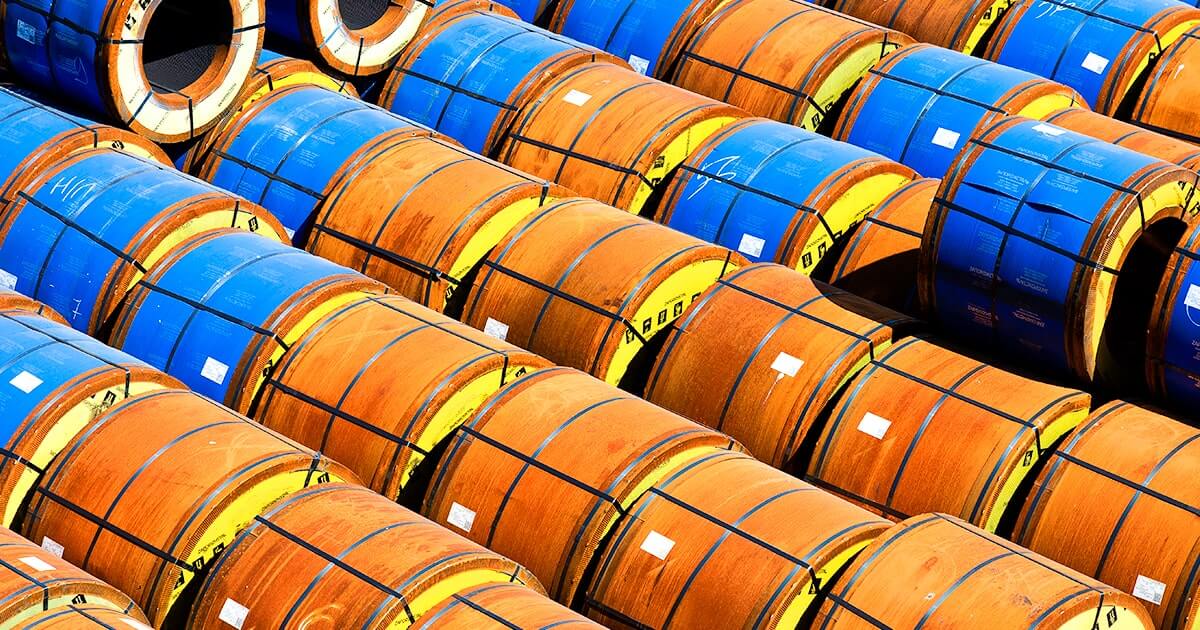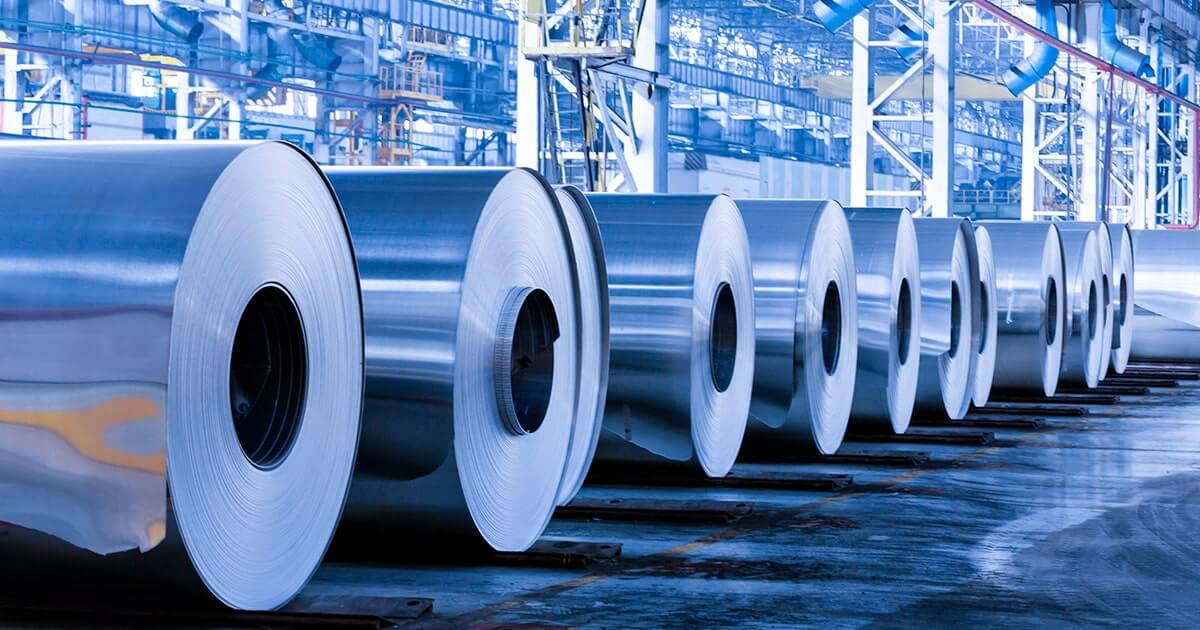
The quota amount restricts Ukrainian manufacturers on the one hand. On the other hand, it protects their positions.
In late 2018, the European Commission imposed safeguard measures on imports of certain steel products. What does it mean for Ukrainian steelmaking companies?
Firstly, import quotas do not apply to semi-finished products. So, there are no worries about Ukraine’s main export share, because the imposition of quotas will not affect the work of Ukrainian manufacturers in vertical chains with European companies.
Ukraine received individual quotas for the main types of products. Their amount is set as an average volume of imports to the EU within 2015–2017, divided into periods. In the first period, February–June 2019, quotas were imposed for 5 months, while in the second period, July 2019–June 2020, they will be fixed on an annual basis.
On the one hand, the quota amount restricts Ukrainian manufacturers. On the other hand, it protects the positions they reached in 2015–2017. In other words, if foreign importers want to take Ukraine’s market share, they will have to pay a 25% import duty.
Annual quotas introduced for Ukraine (starting June 2019) somewhat exceed or equal, with rare exception, the last year’s exports. For instance, the annual quota for wire rod is 383 thousand tons, while the projected export volume in 2018 is around 120 thousand tons. This is explained by the fact that Yenakieve Iron and Steel Works held the lion’s share of exports in 2015–2016. The same holds for steel plates. The annual quota is 873 thousand tons, while the last year’s volume of exports was around 650 thousand tons because no shipments came from Alchevsk Iron and Steel Works.
Ukraine’s individual wire rod quota in the EU changes the last year’s situation for the better. In 2018, the general global quota was filled in December, whereas in 2019, Ukraine has a significant reserve due to individual wire rod quota.
Besides, the volume of quotas will annually increase by 5%. This means an opportunity for Ukrainian companies to increase exports to the EU.
Only when it comes to cold-rolled sheets, the situation is opposite. Zaporizhstal and Ilyich Iron and Steel Works of Mariupol increased export volumes in 2017–2018. Therefore, the quota is lower than the 2018 export volume: 263 thousand tons against around 300 thousand tons.

Hot-rolled sheets, the key finished steel product exported by Ukraine, are exported to the EU according to a global quota, without division by country. Hence, the situation is almost the same as last year. The last year’s 200-day quota was filled just by 63.7% as of 7 January (86.5% of the quota period). The annual quota amount was raised for July 2019–June 2020 (the last year’s monthly quota was 630 thousand tons, annual — 720 thousand tons).
The amount of quotas for the first period, February–June 2019, is however somewhat lower than the 2018 export volume. This is explained by the fact that in February–June 2018, Ukraine exported more products than in the same period of the three previous years, on the basis of which quota amounts were calculated. This applies to rebar (62 thousand tons against 83 thousand tons), seamless pipes (36 thousand tons against 48 thousand tons) and cold-rolled sheet (102 thousand tons against 146 thousand tons). The only exception is wire rod and plate. Ukraine has a clear surplus of these products because of the loss of control over Yenakieve Iron and Steel Works and Alchevsk Iron and Steel Works.
In general, the introduction of the individual quota system by the EU is positive or neutral for Ukrainian steel companies. Such approach safeguards their previously achieved market positions. Lower quotas, fixed for February–June 2019, are not critical for exports: according to historical data, exports vary from year to year. Even in the absence of individual quotas, volumes of exports in February–June 2019 could differ from those in the same period of 2018.
So, what is acceptable for Ukrainian companies is too mild for EU manufacturers. Specifically, German companies believe that the imposed safeguard measures are insufficient. They are especially concerned about a 5% annual increase in quotas, understanding that it differs from the demand growth rate in the EU countries.
The column was published on liga.net






